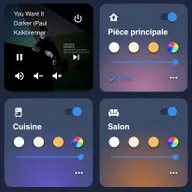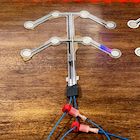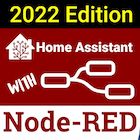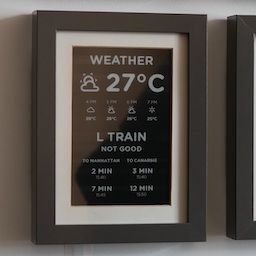Your Open Home is getting a lot easier this year
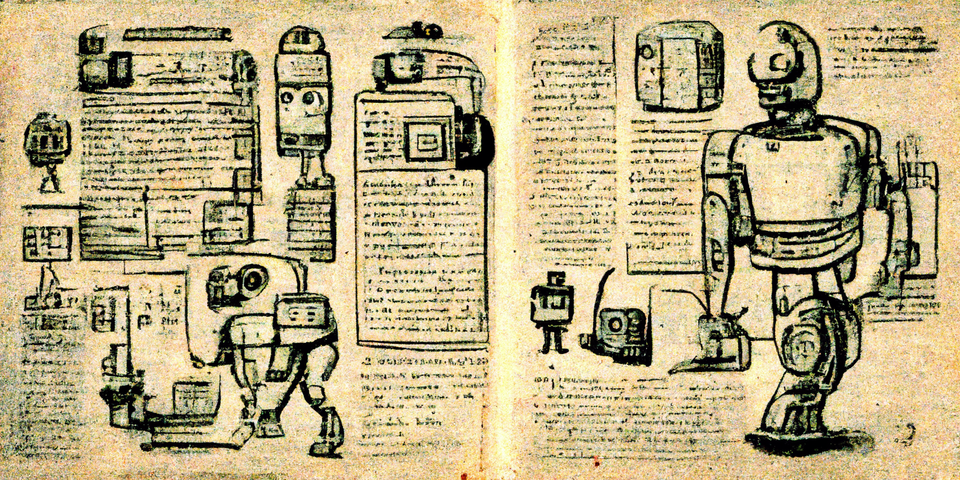
Another month has gone by and we passed the halfway mark for the year! Crazy to think 2022 started 6 months ago. As we move to the second half of the year, we have more and more to celebrate about The Open Home. Matter becoming available, Home Assistant Yellow and SkyConnect, new contributors to Home Assistant. Everything is coming together to make this next six months a pretty amazing time. Check out some of the cool things down below and I'll see you in a month!
– Zack
Home Assistant July Release
This release continues the streak of Streamlining Experiences by really looking at what frustrates users and making sure we fix those! Of course, there is more to do but we hope that after this release you breathe a sigh of relief seeing something that changed. Looking out for the Home Assistant users is @bdraco who again has made Home Assistant just that much faster. Now the startup, YAML refreshing, and HomeKit to name a few got major updates in speed and performance.
History Page Updates!
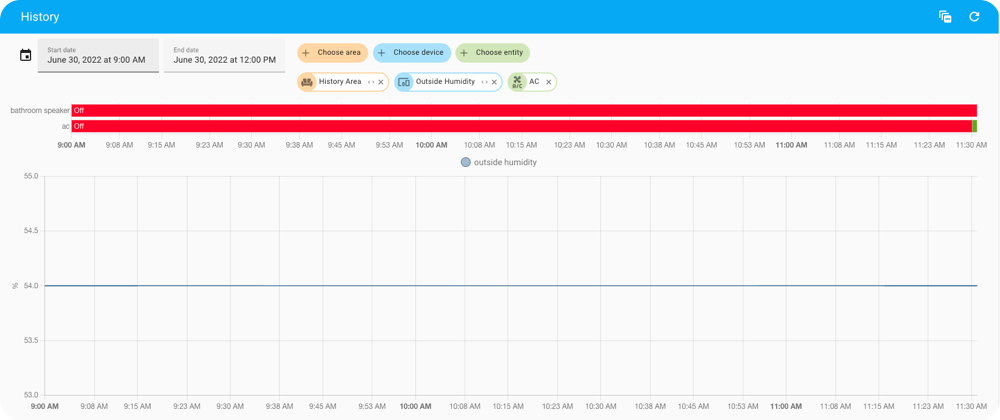
If you have tried to use the History page before then you have also probably been very overwhelmed by seeing everything all at once. Every device you have in your Home all combined into graphs comparing data. Well, we heard you. Now instead, we allow you to choose exactly what you are wanting to see. Want to see the history of your Living Room? Use the area picker, to isolate that area and compare your data. This should make your History page a lot more usable!
Auto-Complete Material Design Icons

If you are an avid template editor, then you have probably seen the latest entity auto-completion. We didn't stop there! Now instead of remembering all of the MDI icons, you can just type mdi:and you will start to see the icons show up in the editor. You can even see a preview of the selected icon right there without ever leaving your template!
We are optimistic about Matter
Matter is yet another new standard that aims to unify the smart home. It's created by the Connectivity Standards Alliance (CSA), the same alliance that is responsible for Zigbee. Will they succeed? We think so.
Matter has all the features one expects from a smart home standard. Local, battery friendly, mesh networking and interoperability between vendors. It also has learned from shortcomings in the past and has some neat extra features.
But nothing of this explains why we are optimistic. For that, we need to look at the source code of the Matter software. Wait what?
To understand why code matters, let's see what it takes to implement one of its predecessors Z-Wave or Zigbee. These standards have no code but instead, you will receive a bunch of PDFs with what you need to implement to be interoperable. You can either do this yourself or you license an implementation of a company. Both approaches are expensive and error-prone. Worst of all, there are many different implementations that all work slightly differently in edge cases.
Matter has an open-source reference implementation. The companies that are working on Matter (this includes Google, Apple, Amazon) have pooled resources together to create a single implementation of Matter that runs on devices and controllers. And this implementation is what these companies will use themselves too.
With Matter, smart home platforms no longer compete on who can best control a light bulb.
If all devices and controllers use the same code (and why not, it's free and open source!), connectivity will be commoditized. That means we're no longer going to be competing on who can best control a light bulb. Device manufacturers can cheaply create hardware that is compatible with users' homes. Controllers can focus their resources on competing on the features that sit on top of connectivity: user experience, voice, automation, history, security, etc.
The goal of no longer having to compete on connectivity can also be seen in other aspects of Matter. For example, each device can be part of 5 "fabrics". Fabric in Matter-world is an independent network in your home with its own controller. This means that once your needs outgrow Google Home, you can easily give Home Assistant a whirl and see what you've been missing without having to tear down your existing setup.
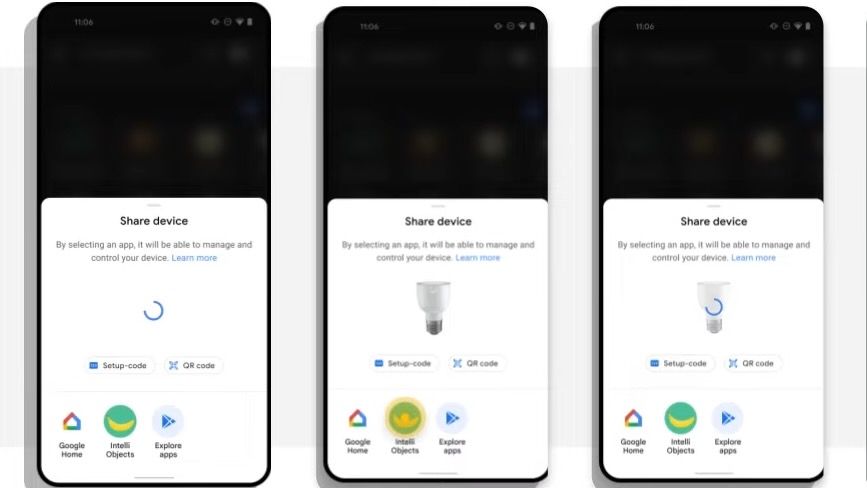
If you want to learn all about Matter and its features, check out the Matter in Home Assistant workshop. It gives an overview of how Matter works, how it will integrate into Home Assistant, and shows how you can try it out in your Home Assistant installation today.
Matter is expected to arrive in the fall.
– Paulus
Friends with Matter
To work closer with the creators of the Matter standard, we (Nabu Casa) joined the Connectivity Standards Alliance in May. This allows us to directly interact with-, and become one of the co-creators of the Matter standard. We have been interacting with folks from Google, Apple, and other CSA member companies working on the open-source implementation of Matter on GitHub, discussing implementation details, issues, and how to go about them.
As a CSA participant, we can join CSA Members Meetings. On June 20–23 the CSA held the first non-virtual Members Meeting since the beginning of the pandemic in San Diego, CA. Stefan joined the meeting representing Nabu Casa. At the members' meeting, various alliance members showed the current state of their implementation of Matter: There were working prototypes of light bulbs, door locks, and other products.
One of the events at the member meeting is a Plugfest. At the PlugFest members will try to pair their devices with one another to test interoperability. A great opportunity for us to test the new Home Assistant Yellow.
We prepared the Home Assistant Yellow with our current Matter integration pre-installed and Yellow’s onboard wireless chip was configured to offer a Thread network. With that setup, we successfully commissioned other devices through Wi-Fi and Thread. As the Matter standard is still a work in progress, interoperability issues were expected. But I can assure you that the lights did light up :)
– Stefan
Better audio for the smart home with Music Assistant
Most consumer audio systems nowadays are all-in-one systems combining software and hardware. This tight coupling means that if you want to upgrade the speaker, you need to upgrade everything. With the Open Home, we want choice.
You should be able to combine speakers from different vendors and stream your favorite media to any speaker that you want.
Home Assistant teamed up with Marcel van der Veldt, ESPHome, and Raspiaudio to take a stab at a set of solutions to tackle this problem. We presented this in our Let's get loud! event. Below is a gist:
The first challenge is to create a stream of your favorite media and be able to control this fully. To solve this, Marcel launched Music Assistant. It creates a single stream of different music sources which can be played on most media players in Home Assistant.

The second challenge is to be able to upgrade your existing speakers to play any media you want. For this, you need to add some brains to it. Raspiaudio developed the ESP Muse Proto board. It is a small device that adds Home Assistant, Bluetooth, and Airplay support to any speaker.
If you want to have just a tiny speaker in your home for text-to-speech notifications, look no further than the launch of ESPHome Media Players. It provides browser-based installation to make off-the-shelf speakers play any media sent via Home Assistant.
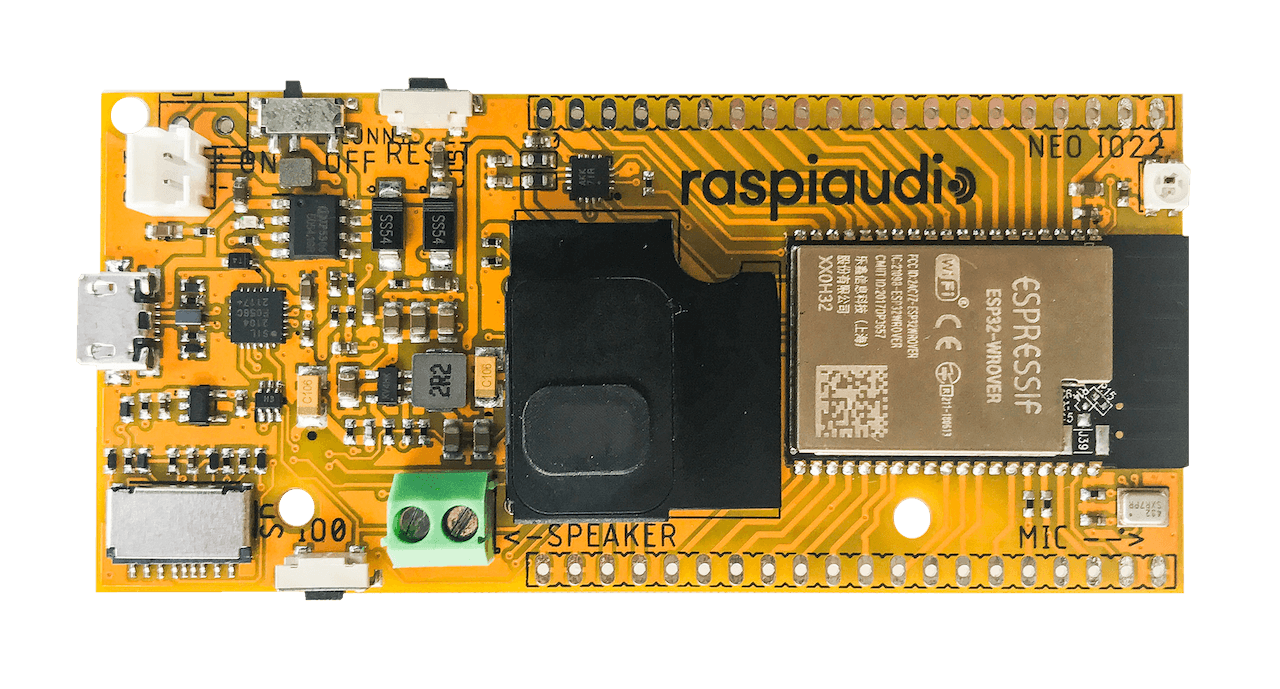
Home Assistant Yellow will start shipping in July
Home Assistant Yellow is the smart home hub built from the ground up by Nabu Casa. The hub is built for Home Assistant and it will come with Home Assistant pre-installed. Home Assistant Yellow contains a Zigbee/Thread Radio to talk directly to your smart home devices.
The Home Assistant Yellow is also available as a DIY kit with an extra option to add Power over Ethernet.
If you haven't ordered one, pre-order yours today!
Shipping starts in July for our standard Home Assistant Yellow and Home Assistant Yellow Kit with Power Supply. More information on shipping.
Announcing the Home Assistant SkyConnect

For Home Assistant Yellow the team at Nabu Casa is working on being able to run both Zigbee and Thread (used for Matter) from a single radio. Home Assistant SkyConnect is a new USB stick from the Nabu Casa team that will bring this feature to existing Home Assistant installations.
When the stick is connected to a Home Assistant installation, it will automatically be kept up to date and Home Assistant will install the necessary software by Silicon Labs to be able to run Zigbee and Matter simultaneously.
The Home Assistant SkyConnect will be released later this year. Let us know if you're interested!
Z-Wave firmware updates from inside Home Assistant
All software has bugs and security issues. That's why it's important that you keep it up to date. Adding more smart home devices to your home also means there are more things to keep up to date and this can quickly become cumbersome.
For Z-Wave, we're hard at work on solving this. The first part will be available in the latest Home Assistant release: allowing you to manually update the firmware of Z-Wave devices. This is made possible thanks to Dominic Griesel working on Z-Wave JS and Raman Gupta working on the Home Assistant side.
The first Z-Wave manufacturer to jump on this is Jasco. They reached out to Nabu Casa to help Home Assistant users of their products stay up to date (thanks for the nudge Linus). Two weeks ago they published their product firmware and instructions on how to apply the update using Home Assistant. Neat!
But we want to take it a step further. We think it's silly that users need to check and download updates themselves. Wouldn't it be better to leverage the built-in Home Assistant update framework and offer users a Z-Wave update button alongside the other available updates? 😏
We're working on this with Jasco and some other Z-Wave manufacturers and hope to have more information soon.
Community Highlights
|
|
|
|
|
|
|
|
Other noteworthy news
- Everything Smart Home launched a newsletter. It will be geared towards Home Assistant tips and automations! (Sarah & Lewis Barclay, Everything Smart Home)
- Raspberry Pi released the Pico-W. It's a microcontroller that includes Wi-Fi and will be available internationally for $6. It will be supported by ESPHome soon. (Eben Upton / Raspberry Pi)
- MyCroft AI released an open-source, high-quality text-to-speech engine Mimic 3. It will power their upcoming local voice assistant Mark 2. Mimic 3 comes with 2 dozen languages and can run completely offline on a Raspberry Pi. It can integrate with Home Assistant via the MaryTTS integration. (Mike Hansen / MyCroft)
- OpenHAB released v3.3 of their open-source smart home software. It includes an updated JavaScript engine to script your automations. (Dan Cunningham, OpenHAB)
|


